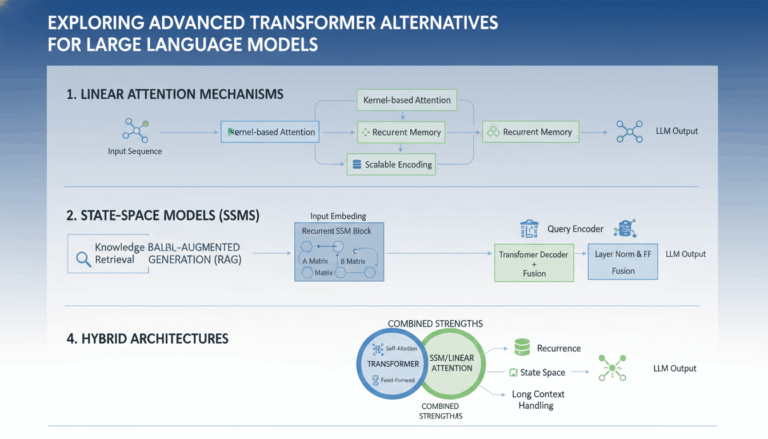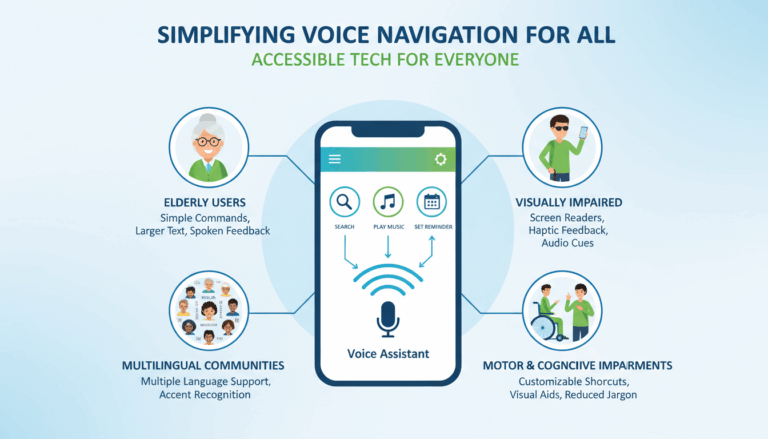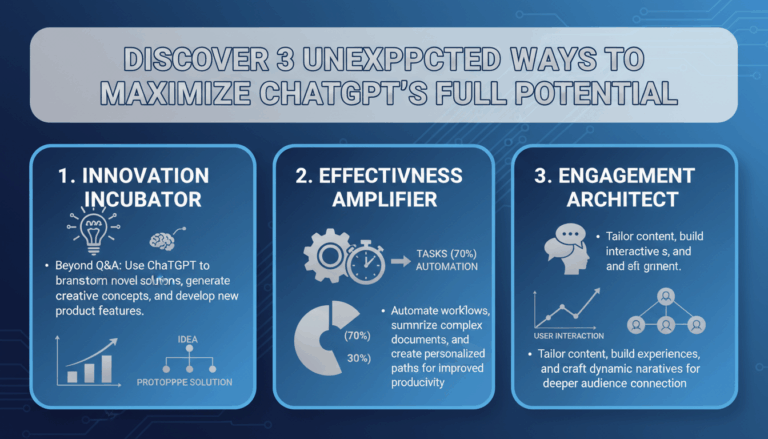
1. What is the difference between monolithic and microservice architecture?
– Monolithic architecture is a single framework where all the software components of an application are tightly packed together, while microservice architecture decomposes a monolithic application into small and independent microservices that handle their own data.
2. What are the challenges of monolithic architecture?
– The challenges of monolithic architecture include reduced agility, scalability, and fault tolerance. If any small component in an application had to be changed, the entire application had to be repackaged together, and if one feature of the application doesn’t work, the entire system goes down.
3. What are microservices?
– Microservices are an architecture where a monolithic application is decomposed into small and independent microservices that handle their own data. Each microservice is packaged and deployed independently, and teams write codes for their features only, making it easy to deploy individual features again and again whenever it is required.
4. How do microservices communicate with each other?
– Microservices communicate with each other through a well-defined interface of REST or message bus.
5. What are the components of the microservice architecture?
– The components of the microservice architecture include different clients from different devices, separate microservices handling their own data, their own load balancing and execution environments, REST or message bus for communication, and an API Gateway to pass client requests to the internal architecture.
6. What are the advantages of microservice architecture?
– Microservice architecture allows for greater agility, scalability, and fault tolerance. It enables teams to write and deploy codes independently and allows for the quick and easy deployment of individual features. Additionally, it allows for better fault isolation and reduces the risk of system-wide failures.
7. What is a real-life use case for microservices?
– A real-life use case for microservices is Uber, which uses microservices to handle different functionalities such as user accounts, payments, trip requests, driver management, and more. By using microservices, Uber is able to quickly and easily add new features and scale its services as needed.



